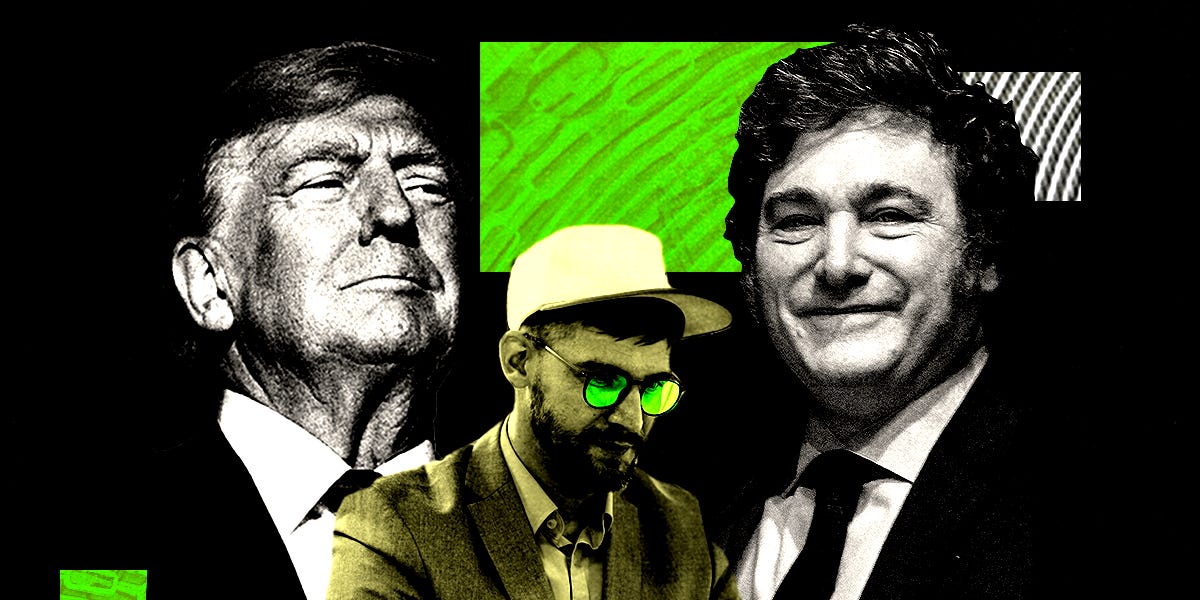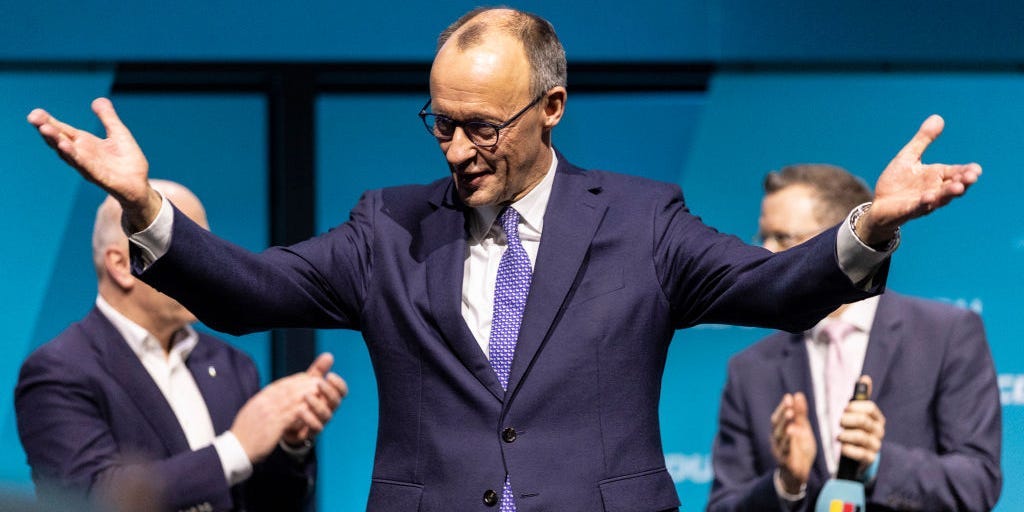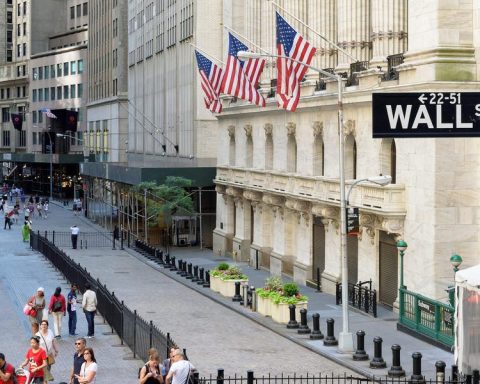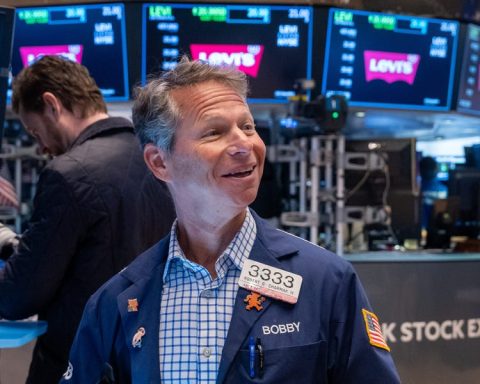The Rise and Fall of Meme Coins
Meme coins have transitioned from a niche segment of the crypto world to a thriving market. However, this growth has been paralleled by a rise in scams and fraudulent activities, as reported by Business Insider. Industry insiders are expressing their frustration over the continuous influx of new tokens and malicious actors. The meme coin market has taken on an unusual character, making it hard to overlook, even for those new to the crypto scene.
Often lacking genuine utility, meme coins derive their value largely from speculation, leading to their mainstream acceptance, for better or worse. This week, an embarrassing incident involved Argentine President Javier Milei, who found himself in trouble for endorsing Libra, a meme coin that drastically plummeted in value soon after. Research from Nansen revealed that 86% of investors lost a staggering $251 million, intensifying calls for Milei’s impeachment as critics label the situation as fraudulent.
Milei denied any knowledge of the coin or its developers and removed his related post, yet the situation resembled a rug-pull in the eyes of disgruntled crypto enthusiasts. Scams are commonplace in the meme coin realm, and experts indicate that its reputation for deceit has escalated in line with the market’s growth. “Everyone’s fed up with the meme coins,” remarked Nic Puckrin, founder of The Coin Bureau. “Current sentiment is likely at an all-time low, possibly even lower than during the FTX collapse,” he commented. “Every day brings forth a new meme coin launch, often promoted by celebrities participating in pump-and-dump schemes.”
The Evolution of Meme Coins
Initially, meme coins began gaining traction in 2014 as community-driven projects, according to Puckrin. “The original idea centered around entertaining assets that communities could rally around, reflecting the internet’s meme culture through a shared token,” he explained. With their low market valuations, meme coins attracted retail investors. Despite a slowdown during the crypto winter of 2022, Vic Laranja, a content creator and meme coin trader, noted that the market was still predominantly flown by crypto aficionados who believed in the technology. That changed last year.
“We’ve witnessed a significant influx of retail investors who view meme coin trading almost as a new form of gambling.” Puckrin mourned the current state of the market, stating, “Meme coins have strayed from their original purpose of community engagement and fair launches. The so-called memecoin industrial complex emerged to maximize quick profits for those involved, which wasn’t the intention at the outset.”
The Casino Effect
According to Laranja, the first wave of meme coin mania coincided with the launch of spot bitcoin ETFs in early 2024, which amplified liquidity and risk appetites within the crypto space. The same month, the trading platform Pump.Fun was introduced, simplifying the minting process for new tokens. This led to an “explosion of meme coins,” said Puckrin, with reports indicating nearly 6 million meme coins had launched on the platform by January 2025.
While the launchpad helped mitigate certain malicious practices, Laranja estimated that prior to its arrival, 8 out of 10 memecoin trades were honeypot scams—where buyers could not sell their purchased tokens. “Pump.Fun standardized contract addresses, requiring the revocation of freeze authority and mint authority, which prevented developers from minting additional tokens at will,” he explained. Unfortunately, the design of the protocol failed to address pump-and-dump schemes and other behaviors that have tarnished the reputation of meme coins, likened to gambling.
A recent class action lawsuit was filed against the platform, alleging operations that resemble “an evolution of Ponzi and pump-and-dump schemes.” The trading practices on the platform have also left investors unsettled. Initially allowing livestream promotions, the extreme measures taken by users to garner attention—ranging from nude displays to threats—led to the discontinuation of that feature in November.
A Call for Clarity
When the Trump Organization debuted its meme token before the inauguration, industry observers noted that its volatile price swings encouraged imitators. “Investors may have hesitated to launch their own meme coin due to potential regulatory repercussions, but now that a former president has done it, it seems acceptable,” noted BCA Research associate strategist Juan Correa, who recently launched a meme coin to highlight the peak of speculative mania.
As the frenzy continues into 2025, there are signs of fatigue setting in. The price of Solana, often linked to the meme coin launch pad, has fallen approximately 32% from its January all-time high after initially benefiting from the meme coin boom. Experts warn of potential negative repercussions on the market if meme coins proliferate unchecked. Correa pointed out that such tokens detract from more substantial crypto assets, while Puckrin emphasized that profits from meme coin trading rarely reinvest back into meaningful development aimed at solving real-world problems.
Both the future of blockchain innovation and the path to regulatory clarity remain uncertain. On Thursday, the SEC announced the establishment of a unit to tackle cybercrime, including blockchain fraud. However, earlier in the month, Commissioner Hester Pierce questioned whether meme coin oversight should even fall under the SEC’s jurisdiction. Puckrin articulated a shared concern, stating, “What we’ve observed lately, particularly with the emergence of various memecoin launchers, smacks of overt criminality and insider trading, regardless of whether they qualify as securities or commodities.”
For Laranja, establishing clear regulations will be pivotal for advancing the crypto industry. Until such clarity is achieved, he believes that sentiment is at an all-time low. “People are essentially throwing in the towel, calling it game over,” he expressed. “I envision a bright future for the industry, but we must first attain clarity.”











